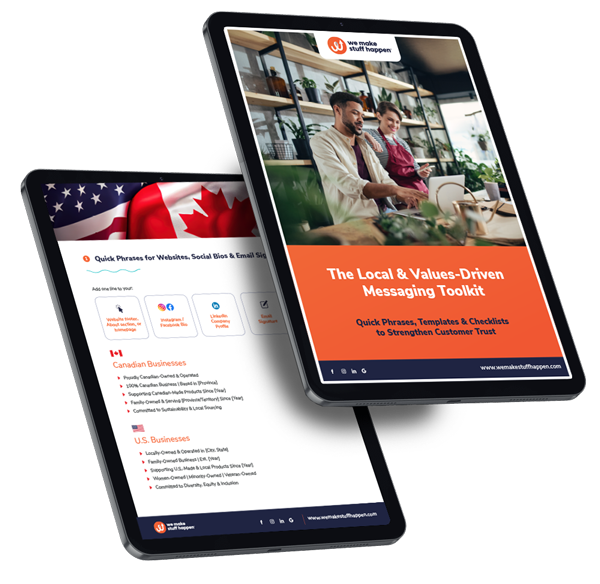How AI Is Changing What a Good Website Looks Like Now
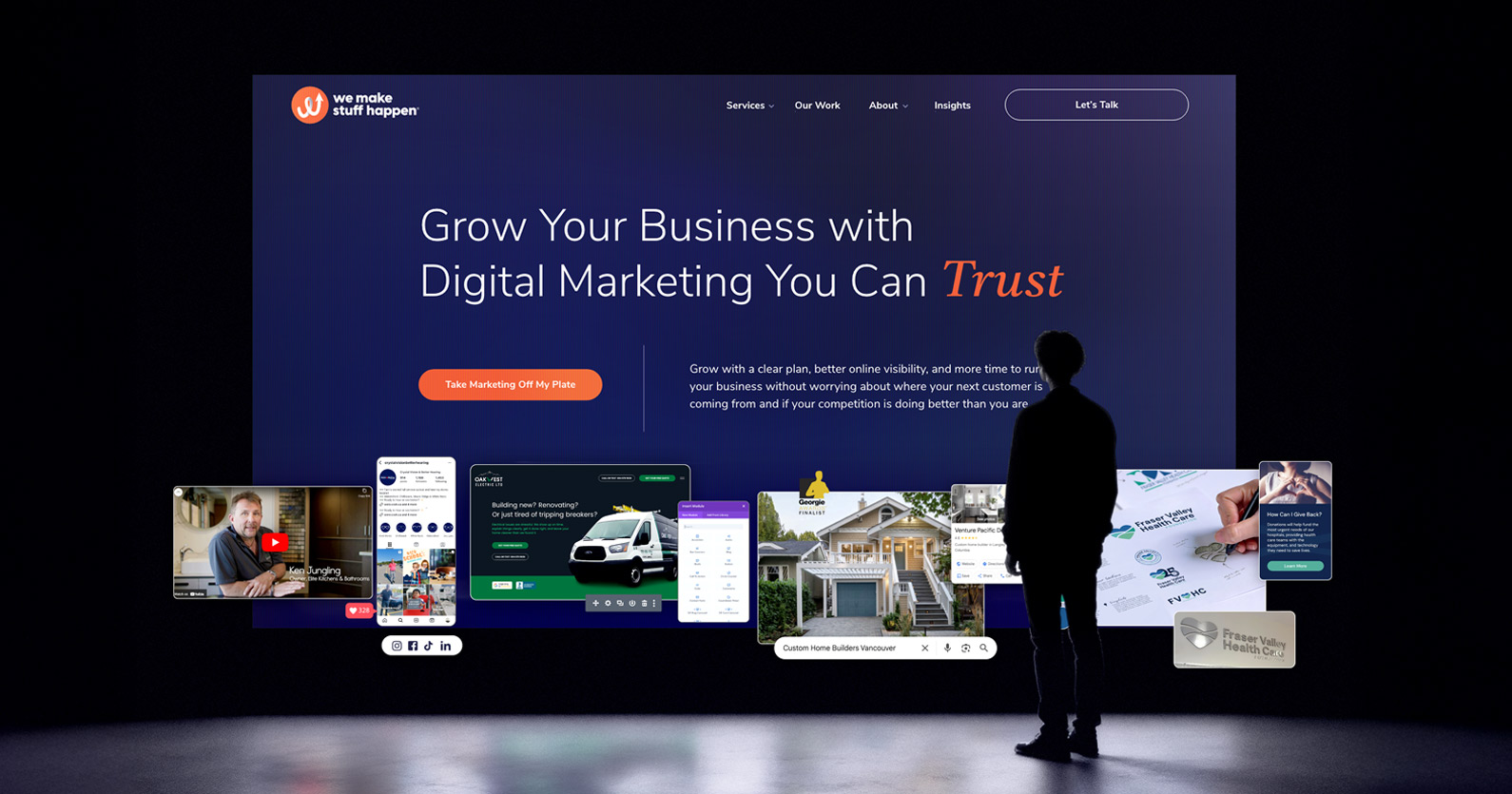
The New Standard for What a Good Website Looks Like
For years, business owners have asked the same question: What does a good website look like?
The answer used to be simple: clean design, clear navigation, strong SEO, and fast load times. Those things still matter. But in 2025, they’re only the foundation.
Artificial intelligence has changed what a good website looks like in ways that go far beyond design. AI is reshaping how people find, experience, and engage with businesses online. For business owners, that shift opens the door to a new kind of website; one that learns, adapts, and connects.
At WMSH, we built our new homepage to show what this evolution looks like in action: a balance of technology, clarity, and human purpose.
From “Good Enough” to “Always Improving”
Not long ago, building a good website meant checking boxes:
- Make it mobile-friendly.
- Add keywords for Google.
- Include a call to action.
- Keep the design modern.
That approach worked for a while. But visitors now expect more than a digital brochure.
They want personal experiences, clear answers, and a sense that your business understands them.
That’s what a good website looks like today – clear, helpful, and built to improve over time.
How AI Is Redefining the Modern Website

1. Personalization at Scale
AI allows websites to deliver the right content to the right person at the right time. Instead of guessing what visitors want, smart websites use behavior, search intent, or location to make every experience feel relevant.
That’s what a good website looks like now, personalized, not generic. It’s not about data collection; it’s about using insight to serve people better. Visitors feel understood, and that builds trust faster than any visual design update.
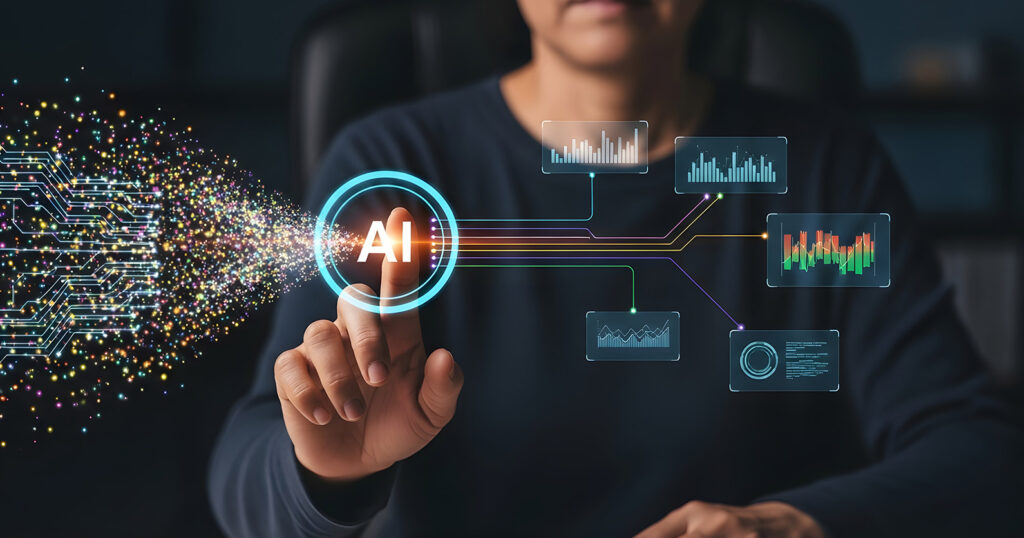
2. Smarter SEO and Intent-Driven Content
AI has transformed how we approach search optimization. Rather than targeting single keywords, we now focus on understanding why people search.
AI helps identify the intent behind each query so we can create content that gives users exactly what they came for. When language and structure are built around that intent, that’s what a good website looks like; valuable for both humans and search engines.

3. Conversational Design
Voice search, chat tools, and natural-language AI have made websites feel more human. Visitors don’t want marketing fluff; they want plain-spoken clarity.
That’s why we began our redesign with the words, not the visuals. The goal was to make our homepage sound direct, confident, and easy to understand. Because a good website isn’t just about aesthetics – it’s about how it communicates.

4. Continuous Learning and Optimization
The best websites no longer launch and stay still. They learn.
AI now tracks which headlines grab attention, which pages convert, and where users lose interest. Those insights lead to small, steady improvements that add up to measurable results.
That’s what a good website looks like behind the scenes: adaptive, informed, and always improving through real data, not guesswork.
The Power of Transparency
In today’s market, transparency isn’t optional, it’s expected. Visitors want to understand what you offer, how it works, and what it costs before they ever reach out.
Websites that hide pricing or make it hard to find key details lose trust quickly. On the other hand, brands that are open about pricing – even if they can only share ranges or examples – build credibility fast.
Transparency signals confidence and respect. It tells visitors, “We’re not here to trick you; we’re here to help you make a smart decision.”
That’s what a good website looks like when it’s built on trust: clear, honest, and upfront about value.
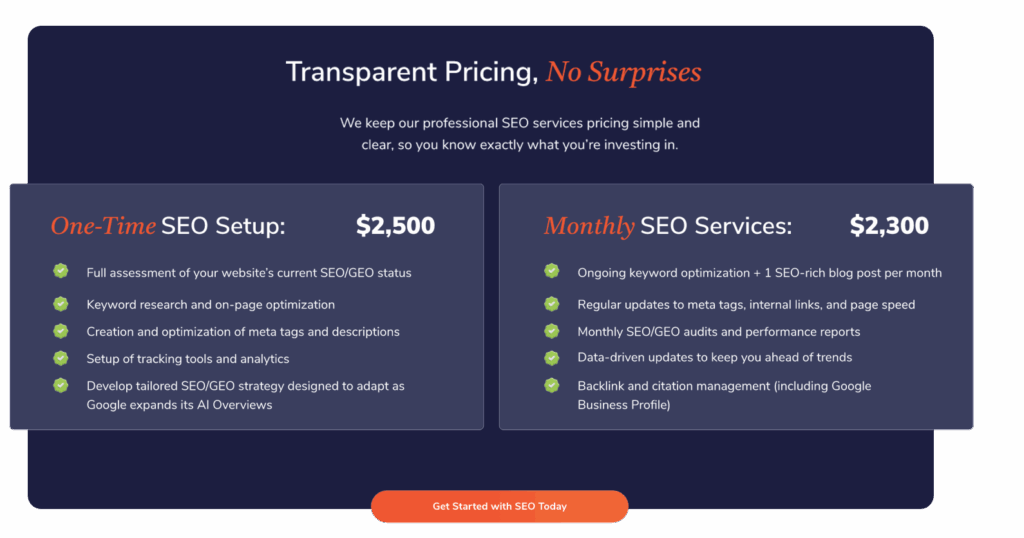
Designing for a Zero-Click World
AI has also changed how people find information. Search results, social platforms, and even AI assistants now give quick answers directly in search, often before someone ever clicks a link.
That means websites must work harder to stand out. In a “zero-click” world, clarity and structure matter more than ever. Your headlines, metadata, and summaries must tell the full story on their own, while your site delivers even deeper value once visitors arrive.
User experience plays a huge role here. Visitors expect frictionless navigation, fast load times, and content that answers their questions immediately.
That’s what a good website looks like in 2025: built for speed, clarity, and usability, even when attention spans are shorter than ever.
Clarity Converts: The Final Measure of What a Good Website Looks Like
At the end of the day, design trends, AI tools, and automation don’t matter if your website doesn’t move people to act. A good website isn’t just a digital showcase, it’s a guide. Every headline, paragraph, and button should help visitors take the next logical step.
When people land on your site, they should instantly understand what you do, who you serve, and what to do next. That’s what a good website looks like when it’s working well: clean design, straightforward navigation, and messaging that makes decisions easy.
Confusing menus, cluttered layouts, and vague calls to action don’t just hurt conversions, they create doubt. Clarity builds trust, and trust drives action. Whether your goal is booking a consultation, selling a product, or collecting leads, your website should make the path obvious.
In 2025, clarity isn’t just a best practice, it’s a business advantage. That’s what a good website looks like when it’s built to grow your bottom line.
Why Business Owners Should Care
You don’t need a giant AI budget to benefit from these changes. You just need a website built with adaptability, transparency, and user intent in mind.
Here’s the truth:
- Static websites fall behind.
- Learning websites stay relevant.
- Smart websites drive growth.
AI is redefining what a good website looks like for every business, from local trades to national brands. The question is whether your site is designed to keep learning.
The Human Element Still Wins
Even with AI’s capabilities, human creativity and empathy remain essential.
A good website uses technology to make better decisions, but it still needs clear communication, genuine connection, and a consistent voice. AI enhances what humans create, it doesn’t replace it.
That combination of insight and authenticity is what a good website looks like when it’s done right.
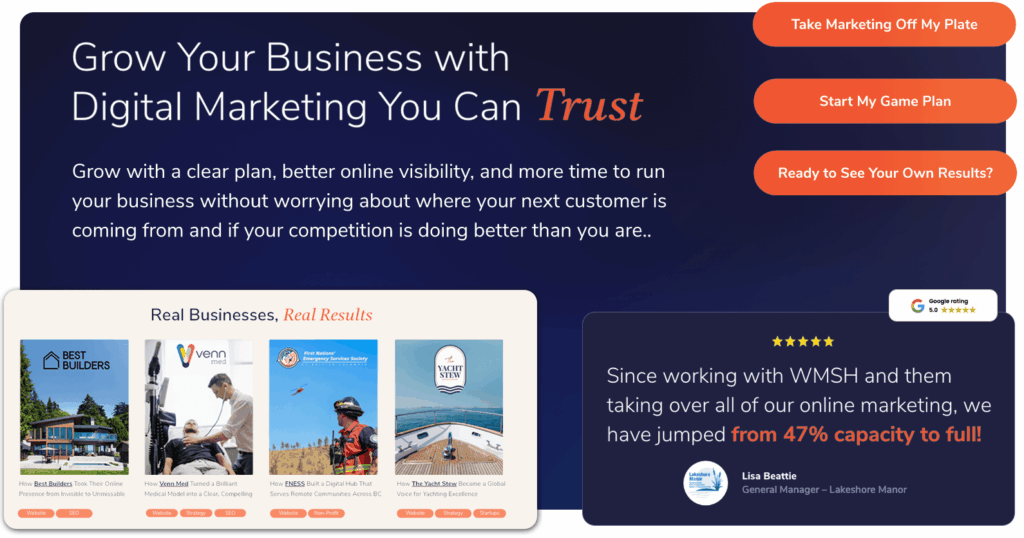
A Real-World Example: Our New Homepage
When we rebuilt our own site, we followed the same approach we recommend to our clients: start with strategy, then design for results.
Our new homepage reflects what a good website looks like today:
- A headline that immediately explains how we help.
- Clear messaging that replaces jargon with purpose.
- Trust elements like testimonials and client examples.
- Simple, intuitive calls to action.
- Honest communication that builds confidence.
It’s designed to evolve over time, just like the businesses we work with.
The Future of What a Good Website Looks Like
AI will keep changing what a good website looks like, but the foundation remains the same: clarity, trust, and connection.
A good website doesn’t just look good; it performs well, communicates clearly, and grows with your business.
That’s what a good website looks like today and tomorrow.
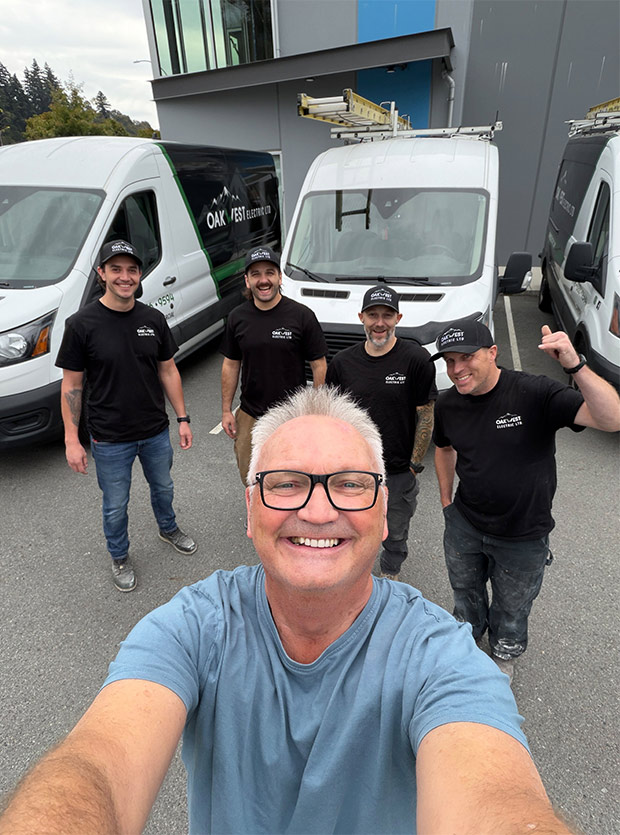
Ready to See What a Good Website Looks Like for You?
Let’s talk about how AI-driven insights, transparent messaging, and user-centered design can make your website work harder for your business.
👉 Book quick Virtual Coffee and let’s make something smart happen.
 BOOK A COFFEE
BOOK A COFFEE 

